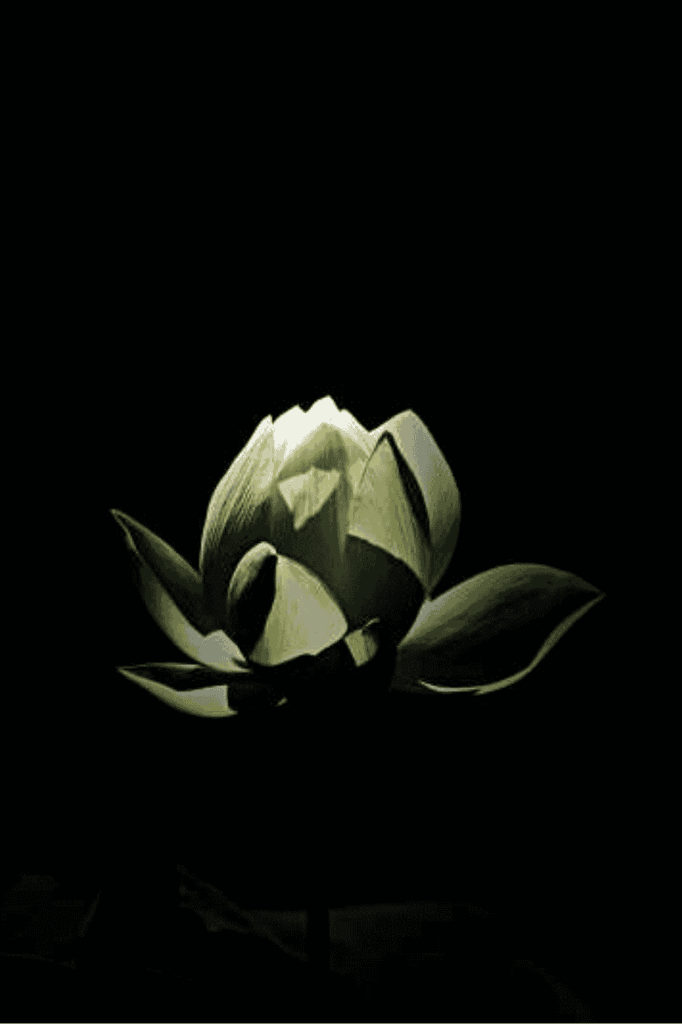Full Moon Rituals: How to Work with Lunar Energies
-

The moon is full—and so are you. While its cooling rays nourish prāṇa, excess lunar energy may bring restlessness, heightened sensitivity, or disturbed sleep. To restore balance, one may embrace simplicity and stillness: spend time in quiet reflection, practice gentle Moon salutations or meditation, and avoid overstimulation late at night. The Cleansing & Renewal Bath Ritual becomes an essential practice to harmonize body, mind, and energy.
Start with a simple act of presence: a self-scan of the body.
Close your eyes.
Let your breath become the bridge between your awareness and your body.
This sacred scan is not just a relaxation technique—it is a remembering. A remembering of where you hold sorrow in your shoulders, or fear in your belly. Of the unspoken emotion resting behind your ribcage. As the moon illuminates the night sky, let your inner gaze illuminate your body—part by part, sensation by sensation.
Inhale gently through your nose, filling your lungs with air, and exhale softly through your mouth. Feel the tension soften with each breath. Bring your attention down to your toes. Are they grounded, or clenched in silent resistance? Scan slowly upward—from your legs to your hips, your spine to your heart, your jaw to your crown. Pause wherever you notice a whisper of discomfort or a cry for compassion.
This is not a fixing. This is a witnessing.
By completing this somatic check-in, you’ve already begun the ritual. You’ve made space. With each inhale, breathe in healing light. With each exhale, release the weight that no longer serves you.
-

Full Moon Rituals: Essential Must-Knows
Governed by the Moon, your body’s fluids and lymphatic system are at their most active now. This phase stirs the tides of your emotional wellbeing, deep nourishment, and the need for self-care. Rather than cutting back, focus on replenishing.
The golden rule of a Full Moon ritual? Never start a diet on a Full Moon day. It’s not the time to restrict, cleanse, or deprive—because it simply won’t stick. The Full Moon marks a peak, not a beginning.
Choose foods that are comforting, hydrating, and mineral-rich— steamed greens, and soft grains like rice or quinoa. Add a touch of ghee or coconut oil to soothe the nervous system. Sip warm herbal teas like tulsi, chamomile, or fennel to support digestion and emotional calm.
This isn’t a time for fasting or detox; leave that for the New Moon phase. It’s a time to receive, restore, and nourish—body, mind, and soul.
The Full Moon is a time of culmination—where inner tides rise and emotional imprints become more visible. This is not a moment for restriction but for reflection and replenishment. It’s an invitation to harmonize body, mind, and soul through intentional acts of care and reverence.
The Moon awakens the Divine Feminine energy flowing through the Ida Nadi—the subtle channel that governs intuition, emotional wisdom, and receptivity.
Under the moon’s gentle light, begin by honoring the maternal lineage—your biological mother, spiritual mentors, or feminine figures who’ve shaped your life’s path. Light a candle for them. Whisper a prayer. Even a silent moment of gratitude can shift generational karma and open your heart chakra to deeper healing. If they are still in your life, offer an act of kindness or service in their honor.
To harmonize your nervous system and align your breath with the moon’s calming influence, practice Chandra Bhedana (left nostril breathing) in the evening. Gently close your right nostril, inhale slowly through the left, then exhale through the right. Continue for several minutes, allowing the breath to bathe your being in lunar stillness.
Let this pranayama be your offering—soft, sacred, and restorative. Let it remind you that the Moon does not ask you to do, but simply to be.
-
Full Moon Rituals: Essential Must-Dos
- Nourish with warm, grounding foods
Choose meals that are soft and easy to digest—think steamed vegetables over rice, chia pudding, warm smoothies, nourishing shakes, or light broths infused with herbs. Refrain from fasting or restrictive dieting. This is a time to replenish, not deprive. - Meditate on the Heart Chakra (Anahata)
Bring your awareness to the center of your chest. Visualize a soft glow of green or rose-colored light. With each breath, invite in compassion, forgiveness, and openness. - Take a bath
Water holds the imprint of the Moon. A warm bath helps clear stagnant emotions. - Primordial sound mantra
The sound syllables associated with your birth Nakshatra carry a healing vibration. Chanting your Primordial Sound Mantra during the Full Moon deepens lunar connection and strengthens the mind.
Check your Moon placement with our Vedic Astrology Calculator—specifically the nakshatra and pada you were born into—and select the appropriate mantra sound.
For example, if your Moon is in Ashwini Nakshatra, Pada 2, your sacred syllable is Che.
“Om Che Namaha” becomes your personal mantra for emotional and energetic support.- Practice Lotus Mudra
This hand gesture symbolizes the unfolding of the heart. Bring your palms together, base touching, and let the fingers bloom open like petals. Sit with this hand mudra in quietude, letting your breath be the offering. - Give in service to the feminine
Make an offering to a cause that supports women or young girls—whether through charitable donation, mentorship, or an act of kindness. Giving from the heart during the Full Moon creates powerful energetic alignment.
As an Ayurvedic Health Instructor, I recommend incorporating quality supplements into your routine to enhance your daily wellness practices. These supplements support your body’s natural rhythms, promote balance, and amplify the benefits of your mindful rituals.
- Organic Ashwagandha
Take Organic Ashwagandha with water or spiced milk as part of your evening wind down. This revered adaptogen nourishes the nervous system, helping to ease stress and anxiety. It supports restful sleep, builds inner strength and stamina, and enhances clarity of mind. - Elderberry (Sambucus nigra)
If you’re feeling clogged up from a cold or headache, the sweet-bitter elderflower is a gentle, yet effective remedy. It stimulates perspiration during colds and flu. With its anti-inflammatory properties, elderflower helps soothe the respiratory system and is commonly used in cases of sinusitis, congestion, and seasonal infections.
Elderberries, rich in flavonoids, offer potent antioxidant and anti-inflammatory effects. Elderberry is also high in vitamins A and C, known to nourish the skin, smooth texture, and help lighten pigmentation.
Traditionally, elderberry is used for:
- Constipation
- Respiratory infections
- Headaches
- Fevers
- Mild skin issues
- Stress
Elderberry is valued for its immune-boosting and Kapha-balancing qualities, making it a supportive botanical for both physical and emotional wellness.
Luminaries Sun and Moon, act as natural guides, reflecting the rhythms of both the world around us and our inner world. By observing the waxing and waning of the Moon, we learn when to gather, release, rest, or act—aligning our bodies, minds, and intentions with the flow of nature itself.
- Nourish with warm, grounding foods



